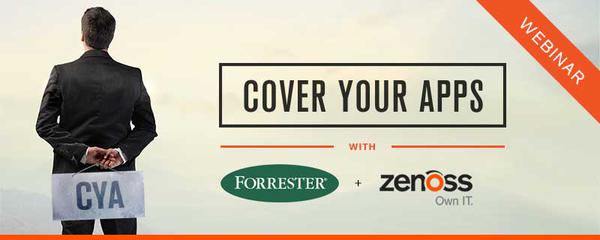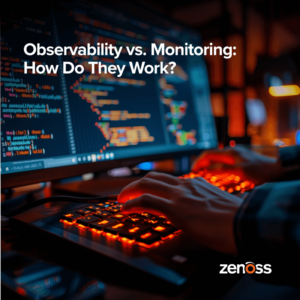
First thing – just what do we mean by hybrid cloud? That fantastic world where operating systems move back and forth based on current demand between a physical data center and whichever of multiple cloud providers is offering the cheaper price this minute? No, it’s much simpler than that. For Dave and me, if you have applications running on your equipment and in a public cloud then you have a hybrid environment. It’s everything to do with the increased complexity of two environments, and nothing to do with features like moving workloads.
That’s because public clouds have moved far beyond just being cheap servers. A public cloud adds a second type of VPN, new load balancers and firewalls, different storage flavors, a content distribution network – a whole set of new services that duplicate what you already have running in your data center.

I’ve heard a lot of pushback against use of public cloud from people who are thinking of the old role for IT operations – providing extremely reliable services at the lowest possible cost. That’s changed. Organizations are now valuing speed-to-new-services first. That just makes sense, as computing costs have plummeted thanks to Moore’s Law.
What IT teams need to do today is make hybrid easier. Dave explained that that means “frictionless governance,” the same thing I call “operations agility”. We need to support development teams that want to bring new applications and new versions of applications into the production environment as frequently as multiple times each day. Sure, some things are going to fail. We need to help them understand where a failure happens so they can fix it fast.
I love Dave’s summary. “Embrace the hybrid reality.” It’s all about building the skills to standardize, automate, provide self-service, and monitor everything. At Zenoss, we’re ready to help you love your hybrid cloud!
Interested in learning more? Enter your email address below to subscribe to our blog!






